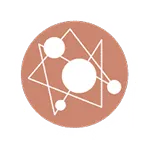Persistent political instability and violence undermines a global rebound.
Today (3 August 2021, London), Dragonfly publishes the Terrorism & Political Violence Risk Map 2021 in partnership with Aon. Dragonfly Eye Limited (‘Dragonfly’) provides the data and expert analysis and assessments for the Terrorism and Political Violence Risk Map 2021. This is the fourteenth year Dragonfly (formerly Risk Advisory’s Intelligence & Analysis practice) has partnered with Aon. Original source data is available for visualisation.
| Terrorism & Political Violence Risk Map 2021 & Interactive Report |
Henry Wilkinson, Chief Intelligence Officer at Dragonfly, said: “The pandemic is a long-tail risk that has created an artificial near-term global risk picture, particularly of political violence risks. The extraordinary measures to contain the pandemic have been suppressive but politically aggravating. A tide of risk by 2022 is likely as mass vaccinations and an easing of restrictions converge, with the accumulated economic and political fallout of the pandemic. The need for reliable and actionable data, intelligence and analysis to manage fluid and high-impact global risk exposures while planning for recovery is critical.”
- [Political violence fell overall in 2020 but] increased global unrest is likely by 2022 as mass vaccinations and an easing of restrictions converge with the pandemic’s accumulated economic and political fallout
- Political unrest increased due to rising emerging market inflation and the widening wealth gap
- Green rebuild at risk due to the economic impact of Covid-19
- The risk level for the US is up to high for the first time ever, following four years at medium, and now has all three perils in place for 2021 with the addition of the insurrection peril.
- 60% of countries globally are exposed to some form of civil unrest in 2021
- Jihadist violence rose overall by 20% in 2020. The majority of this activity was in conflict zones, such as Iraq, Syria, Afghanistan and Mali.
The 2021 Risk Maps report, finds that the Covid-19 pandemic both suppressed and aggravated terrorism and political violence risks in 2020. The unprecedented scale of state control, economic inequality and public anger over the government’s handling of the pandemic will continue to play an influential part in growing global unrest.
Aon developed the 2021 Risk Maps in partnership with Continuum Economics and Dragonfly, which examine political risk, terrorism and political violence globally. Aon’s Risk Maps are designed to help firms better understand and navigate evolving the political risk and political violence exposures created by these uniquely challenging risks. In today’s complex geopolitical and economic environment, the maps enable clients to identify and track the different sources and degrees of risk, assisting businesses in planning and protecting assets, contracts and loans that could be adversely affected.
Terrorism & Political Violence
Restrictions dampen terrorism and political violence, but uptick expected: Lockdowns and travel restrictions have had a containing effect on most forms of terrorism and protest in 2020 – the percentage of countries exposed to terrorism and sabotage fell to 45% – with surges in incidents mainly accompanying an easing of restrictions. As a result, terrorist attacks by both extreme-right and extreme-left actors fell overall worldwide. But extremists and activists from across the spectrum are evolving their narratives; the pandemic has been an opportunity to build support and challenge established orders and forms of governance through protests and violent direct action.
The sharp rise in civil unrest and insurrection risks in the US shows that democratic governance in a time of profound crisis is particularly vulnerable to challenges.
Jihadist violence rose overall by 20% in 2020.: The majority of this activity was in conflict zones, such as Iraq, Syria, Afghanistan and Mali, all of which are reliant on external military and political commitments to ensure stabilisation. The impact of Covid-19 on these fragile states is a factor, but foreign troop withdrawals also played a role.
Political Risk
This year, political risks have risen. Seven countries experienced a deterioration in the political risk situation and none improving following a significant uptick in 2021 inflation in emerging markets (EM), a setback for the green recovery drive following Covid-19, and the risk of EM divergence from developed markets per capita incomes, as a result of lagging and insufficient vaccination implementation in EM.
The green recovery at risk: Rebuilding better post-Covid-19, and especially rebuilding greener, has been presented as an opportunity by most international institutions, especially the EU. The economic case for a green recovery is based on job creation and ultimately cheaper energy costs.
Yet the fiscal burden of addressing the Covid-19 crisis has meant that by end-2020, less than half of the Paris Agreement’s signatories had delivered on its core provisions – to raise the ambition of their contributions towards achieving the goal of limiting the global average temperature increase to 1.5 degrees above pre-industrial levels.
Frontier market supply chains are increasingly vulnerable: Supply chain disruption risk, exacerbated by climate change and extreme weather, is a growing issue for frontier markets where Covid-19 has resulted in much wider fiscal balances, higher inflation and larger debt burdens. As a result, these countries are at greater risk of falling behind in efforts towards climate change mitigation. However, rising commodity prices and inflation can help in reducing the debt burden of commodity-focused emerging markets
“The Covid-19 pandemic has complicated an already fractured landscape of geopolitical risks, which firms operating globally need to navigate. From rising instances of civil unrest, through to economic dislocation and the long-term potential for inflation, in an increasingly connected and volatile world, informed decision-making has never been more important.”
“Aon’s Crisis Management practice is supporting clients as they navigate these complex risks. Whether it is protecting against government intervention in emerging markets, sovereign and private counterparty defaults, or protecting people and operations from the threats posed by civil unrest, political violence and terrorism, our team is working to protect against – and mitigate – often significant and complex client exposures,” said Vlad Bobko, head of Crisis Management, Global Broking Centre, Aon.
Continuum Economics Lead Economist Francesca Beausang said, “Covid has continued to shake the foundations of the global economy over the course of 2021. While global trade has recovered faster than expected from the initial Covid shock, disruptions to the supply chain have taken new forms and their impact has become more systemic. Meanwhile, Covid has triggered an acceleration of commitments to a green recovery, yet funding a fair transition to decarbonisation for emerging markets remains the greatest challenge to its implementation. Finally, Covid has forced a rethink of the concept of health as a global public good, with a patent waiver for Covid vaccines changing the foundations of innovation in pharmaceutical research.”
-END-
Access the Terrorism & Political Violence Risk Map 2021 here.
For further details, please contact:
Chiara Barreca/ Alastair Doyle/ Julia Niedoborek
Four Communications
Dragonfly@fourcommunications.com
+44 (0) 20 3697 4200 / +44 (0)7825 095 130
Notes to Editors
About Dragonfly
Dragonfly is the new identity of the former Intelligence & Analysis practice of The Risk Advisory Group. Dragonfly is a geopolitical and security intelligence service for the world’s leading organisations. From the highest-risk environments to the boardroom, Dragonfly enables its clients to make confident decisions and put them ahead of risks to achieve their goals. Dragonfly goes beyond the limits of real-time information to deliver early warning intelligence, by fusing the multiplying power of knowledge, data, technology, service, capability and human expertise. Its flagship Security Intelligence & Analysis Service (SIAS) provides bespoke, forward-looking and actionable all-source security intelligence, including in-depth assessment, risk modelling and analytics.
Dragonfly has a global presence, with offices in London, New York, Washington, D.C. and Singapore. Find why and how we do what we do at www.dj-dragonfly-intelligence.go-vip.net.
About the Terrorism & Political Violence Risk Map 2021
The risk ratings for the Terrorism & Political Violence Map 2021 represent the joint findings and assessments of Dragonfly and Aon. Dragonfly and Aon have produced the Terrorism and Political Violence map in collaboration since 2007.
The ratings are based upon assessments that draw upon empirical data on events from the preceding 12 months, (such as Dragonfly’s Terrorism Tracker database) as well as Dragonfly’s intelligence and political risk analysis. Final judgments on risk are made in joint consultations between Dragonfly and Aon experts. The scores are current at the time of the map publication.
About Aon
Aon plc (NYSE: AON) is a leading global professional services firm providing a broad range of risk, retirement and health solutions. Our 50,000 colleagues in 120 countries empower results for clients by using proprietary data and analytics to deliver insights that reduce volatility and improve performance.
- Follow Aon on Twitter and LinkedIn
- Stay up to date by visiting the Aon Newsroom and hear from our expert advisors in The One Brief
- Sign up for Aon news alerts here
About Continuum Economics
Continuum Economics (formerly Roubini Global Economics) is the international market-leading service for independent economic research powered by 4Cast and Roubini Global Economics. With its growing user base of 10,000 clients and a reputation for incisive analysis on every aspect of the market, it provides research that spans short-term market signals and long-term strategic themes. This approach uncovers opportunities and risks before they come to the attention of markets, helping our clients make more informed decisions.
Continuum Economics works with clients in a series of different ways, from macro strategy subscription products to bespoke work, multi-client conference calls, direct access to analysts and the licensing of its systematic country risk analysis tool. For further information on Continuum Economics, please visit continuumeconomics.com.
Image: Nigerian Police fire teargas at people during ongoing demonstrations in Apo, Abuja, Nigeria, on 20 October 2020. Photo by Kola Sulaimon/AFP via Getty Images.




